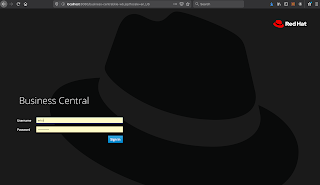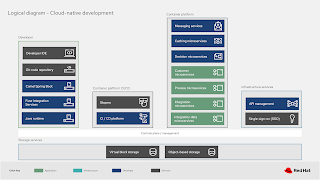
As a consistent user and developer on the OpenShift platform over the years, I've tried helping users by sharing my application development content as we've journeyed from
cartridges all the way to
container base development.
With container based development we've also transitioned from using templates to define how to deploy our tooling and applications, to operators. There are many examples of how to work with the templated versions of our applications around decision management and process automation found on Red Hat Demo Central and JBoss Demo Central.
Over the releases of OpenShift 4.x we've seen that operators have become the preferred method of packaging, deploying and managing a Kubernetes-native, thus OpenShift, application. With this in mind it felt like time to explore and update existing demos and example projects to employ the provided operators for installation and runtime.
In this series of articles I'll be providing a walk through what it is to use the latest tooling provided by the business automation operator on the OpenShift Container Platform. We'll install the operator by hand, start instances of the decision management and process automation tooling using the OpenShift console, explore command line automation of installing, starting, and configuring the same tooling from the command line, and share a fully automated process automation tooling installation with pre-installed example project.
In the previous article we've installed the business automation operator in the OpenShift web console, now let's install one of the provided tools in that operator. The first installation will be the decision management tooling, called the Red Hat Decision Manager.

































